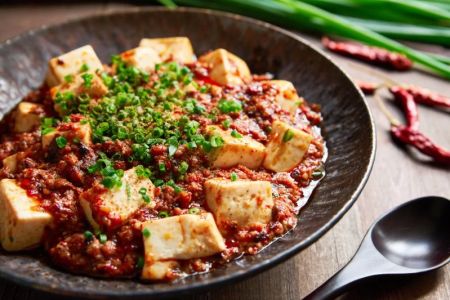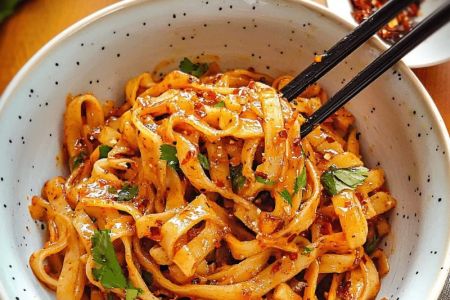- 1-Popularity-of-Chinese-Vegan-Dishes-in-the-USA
- 2-Traditional-Chinese-Vegan-Dishes-Loved-in-America
- 3-Modern-Vegan-Innovations-in-Chinese-Cuisine
- 4-Key-Ingredients-in-Chinese-Vegan-Cooking
- 5-Regional-Vegan-Specialties-in-Chinese-Cuisine
- 6-Tips-for-Finding-Authentic-Vegan-Chinese-Food-in-the-USA
- 7-Personal-Stories-and-Experiences
- 8-Explore-More-with-Chinese-Food
1. Popularity of Chinese Vegan Dishes in the USA
Chinese vegan dishes have surged in popularity across the USA as more people seek plant-based options that deliver rich flavors and nutritional benefits. The blend of traditional cooking methods and vegan-friendly ingredients appeals to health-conscious consumers and food lovers alike. This growing trend reflects a broader movement toward sustainable and ethical eating habits.
Chinese Food in the USA has adapted well to this demand, with many restaurants offering dedicated vegan menus or customizable dishes to accommodate diverse dietary preferences.
2. Traditional Chinese Vegan Dishes Loved in America
Many classic Chinese dishes naturally align with vegan principles, such as Buddha’s Delight (Lo Han Jai), stir-fried vegetables, and tofu-based entrees. These dishes use fresh vegetables, mushrooms, tofu, and various seasonings to create satisfying meals without animal products.
American diners appreciate these authentic options that maintain the essence of Chinese cuisine while fitting vegan diets perfectly.
3. Modern Vegan Innovations in Chinese Cuisine
Innovative chefs in the USA have pushed the boundaries by reimagining traditional dishes with vegan twists. Plant-based “meats” crafted from soy, wheat gluten, or mushrooms replicate the texture and taste of pork, chicken, and beef, making favorites like vegan Peking duck and General Tso’s tofu popular choices.
These creative approaches make Chinese vegan cuisine accessible and exciting for a wider audience.
4. Key Ingredients in Chinese Vegan Cooking
Staple ingredients include tofu, tempeh, seitan, a variety of mushrooms, bok choy, napa cabbage, bamboo shoots, and fermented bean products. Flavor enhancers like soy sauce, ginger, garlic, and chili paste contribute to the signature taste profiles.
Understanding these ingredients helps home cooks and restaurant-goers alike appreciate the depth and diversity of Chinese vegan food.
5. Regional Vegan Specialties in Chinese Cuisine
China’s regional cuisines offer unique vegan specialties. For example, Sichuan cuisine includes spicy tofu dishes, while Cantonese cuisine features delicate vegetable dim sum. These regional influences are reflected in the USA’s vegan Chinese menus, providing an exciting culinary journey.
Exploring these specialties enriches the vegan dining experience and honors Chinese culinary heritage.
6. Tips for Finding Authentic Vegan Chinese Food in the USA
Finding authentic vegan Chinese food involves looking for restaurants that emphasize fresh, traditional ingredients and clearly label vegan options. Asking about cooking methods and cross-contamination is also important.
Many cities have vegan-friendly Chinese restaurants or chefs specializing in plant-based dishes, making it easier than ever to enjoy genuine flavors.
7. Personal Stories and Experiences
Many vegan diners share stories of discovering beloved Chinese dishes while transitioning to plant-based diets, highlighting the cuisine’s versatility and richness. Personal anecdotes showcase how Chinese Food has become a staple in vegan communities nationwide.
These stories inspire others to explore and appreciate vegan Chinese culinary delights.
8. Explore More with Chinese Food
For those eager to dive deeper into popular Chinese vegan dishes in the USA, Chinese Food offers extensive resources, recipes, and restaurant recommendations. Whether cooking at home or dining out, these insights help enhance your vegan culinary adventure.
Discover the full spectrum of plant-based Chinese cuisine and enjoy a flavorful, healthy lifestyle.







